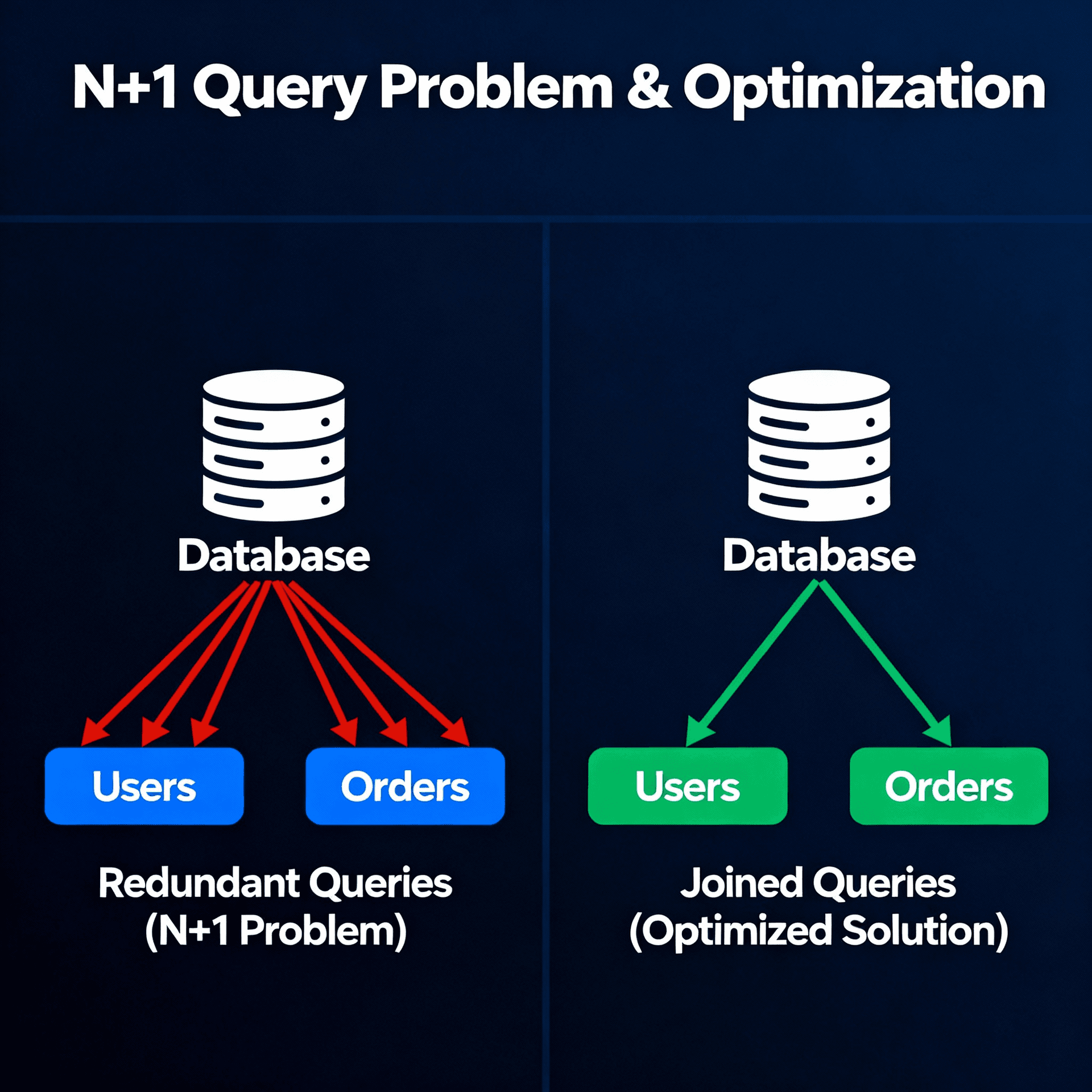Infrastructure as a Code (IaC)

Infrastructure as Code: Revolutionizing Cloud Resource Management
In today's fast-paced cloud computing environment, manually provisioning and managing infrastructure is no longer viable. Infrastructure as Code (IaC) has emerged as a fundamental practice in modern DevOps, allowing teams to manage and provision infrastructure through machine-readable definition files rather than physical hardware configuration or interactive configuration tools.
Understanding Infrastructure as Code
Infrastructure as Code treats infrastructure configuration like software code. Instead of manually setting up servers, networks, and other infrastructure components, you define them using code that can be versioned, tested, and deployed automatically. This approach brings several key benefits:
- Version Control: Track changes, roll back when needed, and maintain a history of your infrastructure evolution
- Consistency: Eliminate configuration drift and ensure identical environments across development, staging, and production
- Automation: Reduce human error and speed up deployments through automated provisioning
- Documentation: Your code serves as living documentation of your infrastructure
- Scalability: Easily replicate infrastructure components across different regions or environments
Popular IaC Tools
Terraform
Terraform by HashiCorp has become the de facto standard for infrastructure provisioning. It uses a declarative language called HCL (HashiCorp Configuration Language) and supports multiple cloud providers through its provider ecosystem.
Example Terraform configuration for an AWS EC2 instance:
provider "aws" {
region = "us-west-2"
}
resource "aws_instance" "web_server" {
ami = "ami-0c55b159cbfafe1f0"
instance_type = "t2.micro"
tags = {
Name = "Web Server"
Environment = "Production"
}
}
AWS CloudFormation
AWS's native IaC service uses YAML or JSON templates to define resources. It's deeply integrated with AWS services and provides comprehensive support for the AWS ecosystem.
Example CloudFormation template:
Resources:
MyS3Bucket:
Type: 'AWS::S3::Bucket'
Properties:
BucketName: my-unique-bucket-name
VersioningConfiguration:
Status: Enabled
Pulumi
Pulumi takes a unique approach by allowing infrastructure definition using general-purpose programming languages like Python, TypeScript, Go, or C#.
Example Pulumi configuration in Python:
import pulumi
import pulumi_aws as aws
bucket = aws.s3.Bucket('my-bucket',
website=aws.s3.BucketWebsiteArgs(
index_document="index.html"
))
https://ion.sst.dev/ - Ion is a code name for a new engine for deploying SST applications. The constructs (or components) are defined using Terraform providers and deployed using Pulumi; as opposed to CDK and CloudFormation (CFN).
Cloud Provider Support
Microsoft Azure
Azure provides multiple IaC options:
- Azure Resource Manager (ARM) templates
- Bicep (a domain-specific language that simplifies ARM template authoring)
- Integration with third-party tools like Terraform
Google Cloud Platform
GCP offers:
- Cloud Deployment Manager
- Terraform Provider for Google Cloud
- Integration with other IaC tools
AWS
Amazon Web Services supports:
- CloudFormation
- AWS CDK (Cloud Development Kit)
- Third-party tools through well-maintained providers
Best Practices
-
Modularization Break down your infrastructure code into reusable modules that can be composed together for different environments or purposes.
-
State Management Store infrastructure state files securely and use remote state storage when working in teams.
-
CI/CD Integration Incorporate infrastructure deployments into your continuous integration and deployment pipelines.
-
Security Use secure vaults for sensitive information and implement proper access controls for infrastructure management.
Getting Started
To begin with IaC, follow these steps:
- Choose a tool that matches your team's expertise and requirements
- Start small with a single component or service
- Implement version control from the beginning
- Use existing modules and templates when available
- Gradually expand to more complex infrastructure
The Future of IaC
The IaC landscape continues to evolve with emerging trends:
- Increased adoption of programming languages over domain-specific languages
- Better integration with Kubernetes and container orchestration
- Enhanced security scanning and compliance checking
- Improved handling of stateful resources
Conclusion
Infrastructure as Code has transformed how we manage cloud resources, making infrastructure management more reliable, scalable, and maintainable. As cloud adoption continues to grow, IaC will remain a crucial practice for organizations of all sizes. Whether you're just starting your cloud journey or looking to optimize existing processes, implementing IaC is a valuable investment in your infrastructure management strategy.


